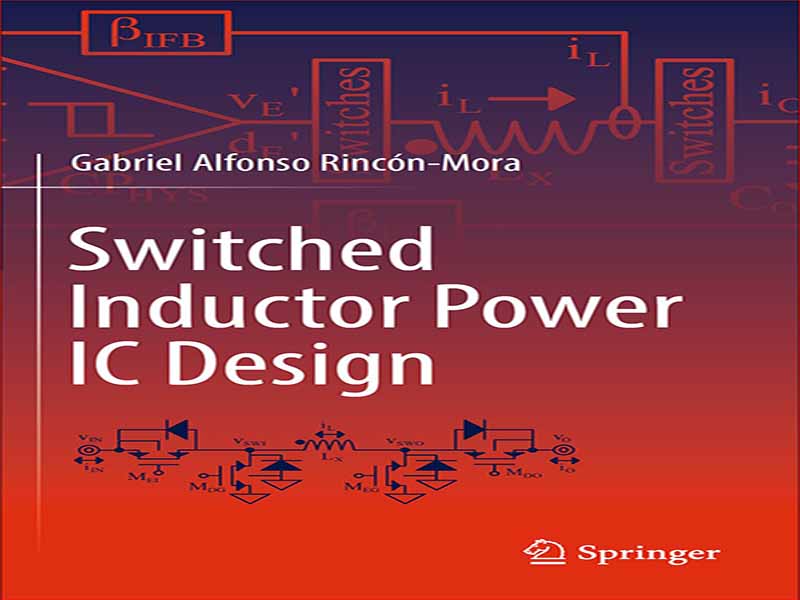Power supplies use switches to draw, steer, and deliver charge from input sources into rechargeable batteries and microelectronic loads. Semiconductor companies use diodes, bipolar-junction transistors (BJTs), and complementary metal–oxide–semiconductor (CMOS) field-effect transistors (FETs) for this purpose. Of these, FETs are oftentimes preferable because they drop lower voltages than diodes and require less current to switch than BJTs, so they consume less power. Still, diodes do not require a synchronizing signal like FETs and BJTs and BJTs cost less money. Plus, MOSFETs incorporate diodes and BJTs that can at times activate and steer some or all of the current. So understanding how diodes and BJTs conduct current is essential.


نظرات کاربران